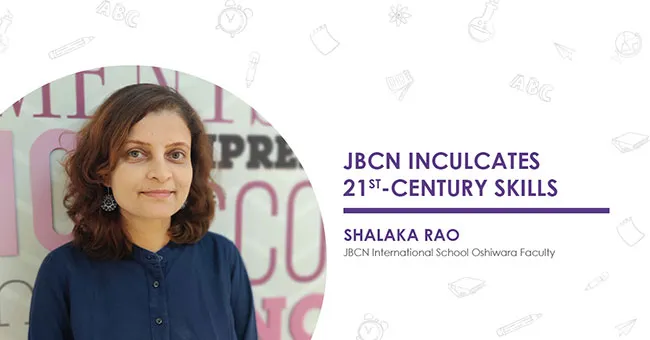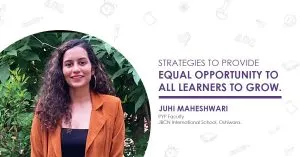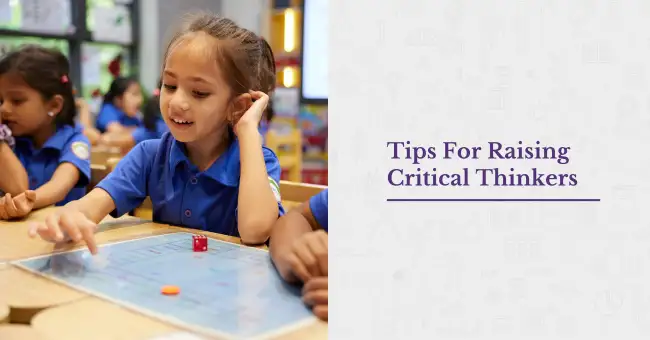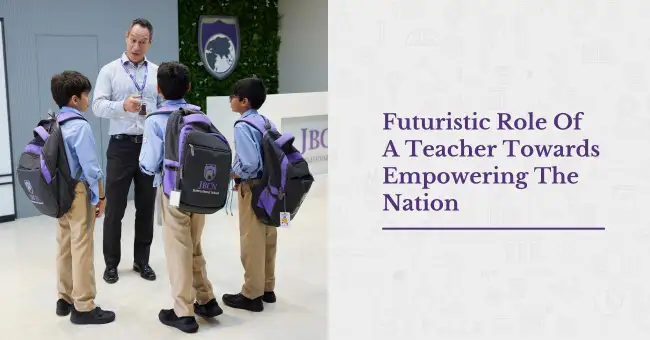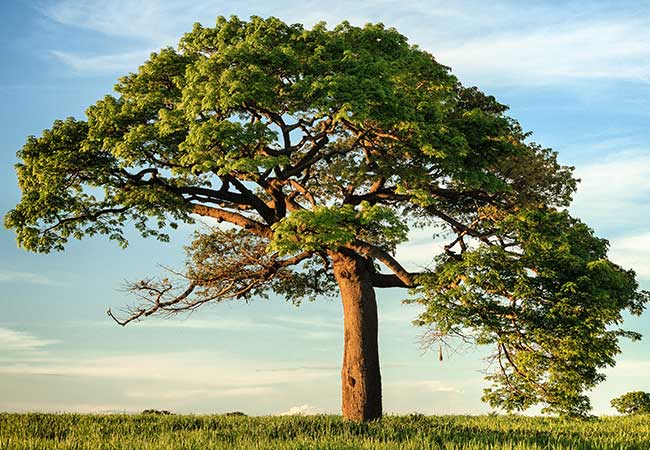
The attitude of caring for the environment and being aware of our actions towards mother nature doesn’t develop overnight. This requires adults to create an awareness in children right from the early years. Therefore, the concept of understanding our environment and maintaining the balance, needs to be driven through the curriculum and activities at school.
Technological advancement and progress in every field has helped mankind but at the same time it has caused irreversible damage to the planet. We are alarmed with issues like increase in pollution levels, global warming, deforestation, wild fires, floods and draughts, paucity of food, etc. Immediate and urgent steps have to be taken by every individual in order to save what is left and work towards building a sustainable future for all.
Here’s an excerpt from Wikipedia:
The Sustainable Development Goals (SDGs) (or Global Goals for Sustainable Development) are a collection of 17 global goals set by the United Nations in 2015. The formal name for the SDGs is: "Transforming our World: the 2030 Agenda for Sustainable Development." That has been shortened to "2030 Agenda." The goals are broad and interdependent, yet each has a separate list of targets to achieve. Achieving all 169 targets would signal accomplishing all 17 goals. The SDGs cover social and economic development issues including poverty, hunger, health, education, global warming, gender equality, water, sanitation, energy, urbanization, environment and social justice.There are schools which follow the sustainable goals enlisted by the UN who connect the goals with the curriculum, to instil love and care for the environment and make it a way of life. JBCN International School, Borivali has taken this step to spread awareness and mindfulness in every learner and staff member so that each one acts and reacts responsibly to protect the natural world.
Right from the Pre-primary years, learners engage in activities to encourage this, just to name a few like- planting a sapling at home and school, celebrating ‘Green Day’ wherein learners create and exchange messages to save the environment, participating in the ‘Best out of waste activity’, where waste/scrap materials can be restructured to create useful articles.
Every day the facilitators have an interactive session with the learners about what they can do to better living conditions. Learners enthusiastically participate in the discussions and take back the learning at home, thus spreading the message in the society at large. Parents too are active participants in this initiative. At the Primary and Secondary levels, learners conduct presentations and create innovative models with sustainable options for production and consumption, thus developing conscious engineering and inventive skills. They also read a lot of books to support green living and have productive discussions.
Schools have always been educating children with subjects like Environmental Studies but it is essential for educators to educate with practical work, drawing reference points from real life situations. We all need to do our bit to drive the world towards environmental sustainability.
Albert Einstein has rightly said “Look deep into nature, and then you will understand everything better.” There’s no better way to build global responsible citizens than imbibing the ‘green living’ values in children to follow an eco-friendly lifestyle. Through this article I would like to reach out to educators around the world to start taking the necessary steps for a brighter tomorrow. What are you going to do next to save Planet Earth?
Shubhra Irani
(Head of Pre-Primary at JBCN International School, Borivali)

